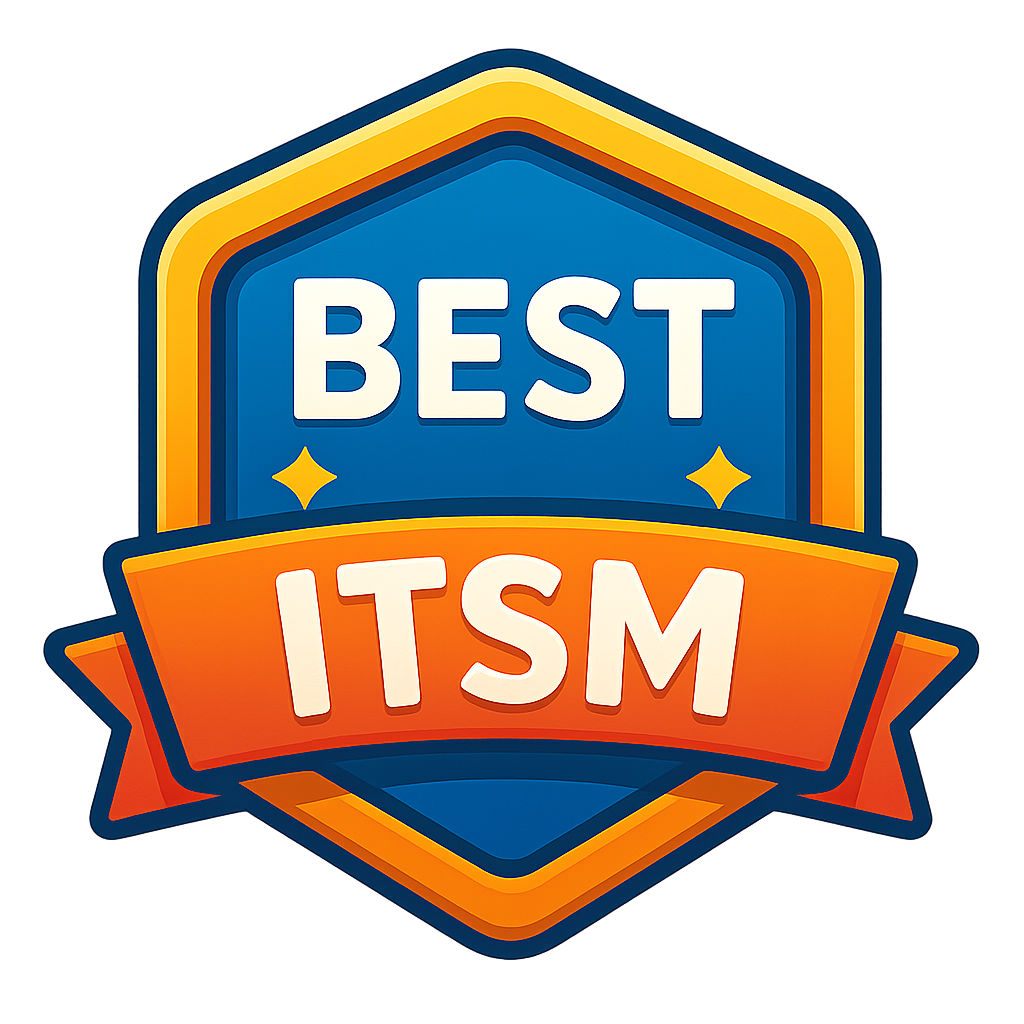Endpoint Management and Service Desk Integration: A Comprehensive Guide
Endpoint Management and Service Desk Integration: A Comprehensive Guide
In the ever-evolving landscape of IT operations, organizations increasingly rely on efficient and streamlined processes to manage their IT infrastructure. Two critical components in this ecosystem are endpoint management and the service desk. Integrating these systems can provide powerful synergies, enhancing productivity, improving security, and delivering a superior user experience. This article explores the importance of endpoint management and service desk integration, its benefits, challenges, and best practices.
What is Endpoint Management?
Definition and Purpose
Endpoint management is the process of overseeing and controlling all endpoints—such as desktops, laptops, mobile devices, and IoT devices—that connect to an organization’s IT infrastructure. The primary goal is to ensure these endpoints are secure, updated, and functioning optimally.
Key Components of Endpoint Management
- Device Inventory and Monitoring: Maintaining a comprehensive inventory of all devices and monitoring their status in real time.
- Software Deployment and Updates: Ensuring all endpoints have the necessary software and updates installed.
- Security Management: Protecting endpoints from threats using antivirus tools, firewalls, and encryption.
- Policy Enforcement: Applying organizational policies, such as access controls and compliance requirements.
- Remote Support: Enabling IT teams to troubleshoot and manage devices remotely.
What is a Service Desk?
A service desk acts as the primary point of contact between an organization’s IT team and its users. It handles incident management, service requests, and ensures seamless IT service delivery.
Key Functions of a Service Desk
- Incident Management: Resolving technical issues and restoring normal service operations as quickly as possible.
- Request Fulfillment: Handling user requests for services, access, or changes.
- Knowledge Management: Creating and maintaining a repository of solutions for common issues.
- Change Management: Managing updates or changes in IT systems to minimize disruption.
- User Support: Providing guidance and assistance to end-users.
Why Integrate Endpoint Management with Service Desk?
Integration between endpoint management systems and service desks creates a unified IT management framework. This synchronization offers significant advantages:
- Enhanced Visibility:
- IT teams gain real-time insights into endpoint statuses directly from the service desk interface.
- Detailed device information helps in quick resolution of incidents.
- Streamlined Incident Management:
- Automated detection and logging of endpoint issues into the service desk reduce manual intervention.
- Faster incident assignment and resolution are facilitated by device-specific data.
- Proactive Problem Management:
- Endpoint management tools can identify potential issues before they escalate.
- Integrated service desks can log proactive tickets and suggest preventive actions.
- Improved Security:
- Vulnerabilities detected by endpoint tools can trigger automatic service desk alerts.
- Critical security patches can be deployed swiftly across all endpoints.
- Efficient Workflow Automation:
- Automating repetitive tasks like software updates, user onboarding, and password resets saves time.
- Integration enables workflows such as triggering updates after resolving specific tickets.
Key Features to Look for in Integrated Solutions
When selecting endpoint management and service desk tools for integration, consider the following features:
- Automation Capabilities:
- Look for tools that support automation of repetitive tasks.
- Real-Time Monitoring:
- Ensure real-time synchronization of endpoint data with the service desk.
- Comprehensive Reporting:
- Select solutions that provide detailed analytics and customizable reports.
- User-Friendly Interface:
- Opt for intuitive interfaces that simplify workflows.
- Scalability:
- Choose tools that can scale with your organization’s growth.
Future Trends in Endpoint Management and Service Desk Integration
1. AI-Powered Automation
- Artificial intelligence will drive smarter ticket routing, predictive maintenance, and automated resolutions.
2. Zero Trust Security Integration
- Service desks and endpoint tools will play a pivotal role in implementing zero trust architectures.
3. IoT and Edge Device Management
- With the proliferation of IoT and edge computing, integrated solutions will expand to manage these devices.
4. Cloud-Native Tools
- Cloud-based solutions will dominate, offering enhanced scalability and remote management capabilities.
Integrating endpoint management with a service desk is a strategic move for organizations aiming to streamline IT operations, enhance security, and deliver superior service. While challenges exist, careful planning, the right tools, and adherence to best practices can ensure successful implementation. As technology continues to evolve, integrated solutions will become even more critical, empowering organizations to stay ahead in an increasingly complex IT landscape.
